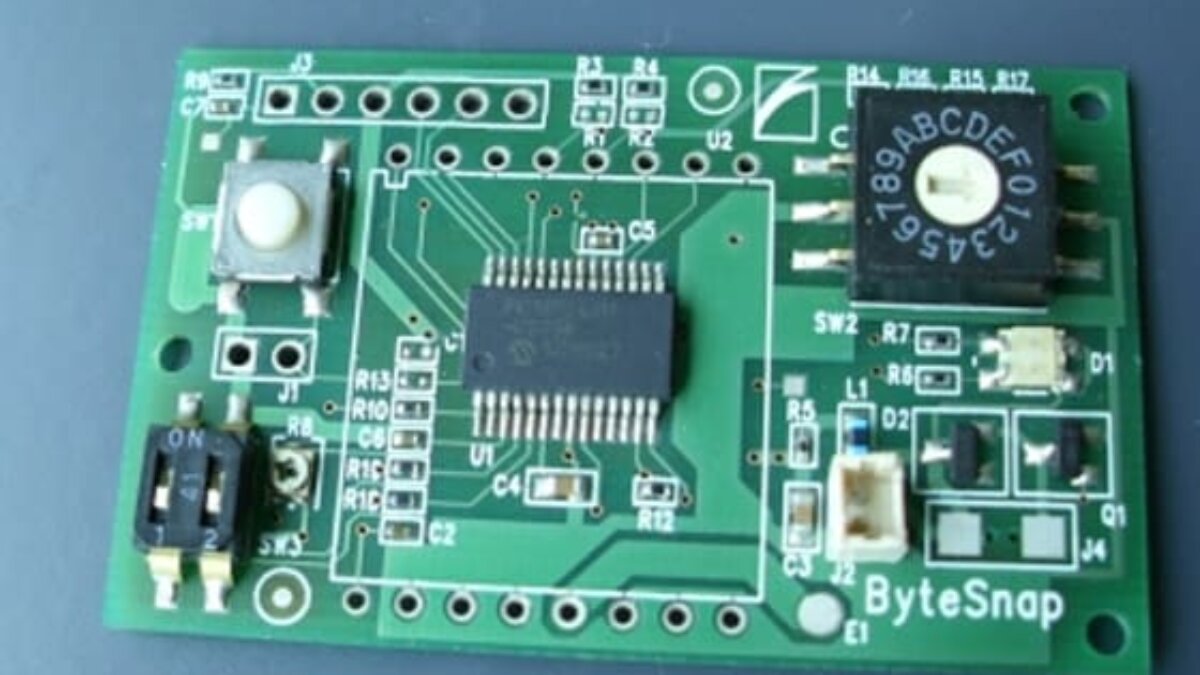
Best Way to Reduce Power Consumption in Microcontrollers
Microcontrollers are essential components in numerous electronic devices, powering everything from smart-home devices to industrial automation systems. One critical aspect of designing a microcontroller-based system is ensuring efficient power consumption. By optimizing power usage, you can extend battery life, reduce operational costs, and minimize environmental impact. In this article, we’ll explore the best ways to reduce power consumption in microcontrollers, helping you create energy-efficient and sustainable solutions.
1. Select the Right Microcontroller
Choosing the appropriate microcontroller for your application is crucial in minimizing power consumption. Look for microcontrollers with low-power modes, such as sleep, idle, and standby modes. These modes allow the microcontroller to reduce its power consumption when not actively processing data, leading to significant energy savings. Additionally, select a microcontroller with the right peripherals and features for your specific requirements to avoid unnecessary power usage.
2. Optimize Your Code
Optimizing your code can have a substantial impact on power consumption. Avoid using unnecessary loops and delays, as these can keep the microcontroller active for longer periods, draining the battery faster. Use efficient algorithms and data structures to minimize processing time and energy consumption. Additionally, consider using low-power libraries and functions provided by the microcontroller manufacturer to further optimize power usage.
3. Utilize Power Management Techniques
Implement power management techniques such as dynamic voltage and frequency scaling (DVFS) to adjust the microcontroller’s operating voltage and frequency based on the workload. By dynamically scaling these parameters, you can optimize power consumption without sacrificing performance. Additionally, use sleep modes effectively to put the microcontroller in a low-power state when idle, minimizing energy usage while maintaining responsiveness.
4. Minimize Peripheral Usage
Peripheral devices connected to the microcontroller can consume a significant amount of power. Disable unused peripherals and sensors when not in use to reduce power consumption. Opt for low-power alternatives where possible, and consider using interrupts instead of polling to minimize the microcontroller’s active time. By carefully managing peripheral usage, you can significantly decrease overall power consumption.
5. Opt for Efficient Power Supplies
Choose efficient power supplies and regulators to ensure optimal power delivery to the microcontroller. Use switching regulators instead of linear regulators for higher efficiency and lower power dissipation. Consider using energy harvesting techniques such as solar panels or piezoelectric sensors to supplement or replace traditional power sources. By selecting the right power supplies, you can enhance the overall energy efficiency of your microcontroller system.
6. Perform Thorough Testing and Optimization
After implementing power-saving techniques, it’s crucial to conduct thorough testing and optimization to verify their effectiveness. Use power profiling tools to measure the microcontroller’s power consumption under different scenarios and identify areas for improvement. Fine-tune your code, settings, and configurations based on the test results to achieve the best balance between performance and power efficiency. Regularly monitor power consumption and make adjustments as needed to maintain optimal efficiency.
Conclusion
Reducing power consumption in microcontrollers is essential for creating sustainable and energy-efficient electronic devices. By selecting the right microcontroller, optimizing your code, utilizing power management techniques, minimizing peripheral usage, opting for efficient power supplies, and conducting thorough testing and optimization, you can significantly enhance the power efficiency of your microcontroller-based systems. Implement these best practices in your design process to achieve long-lasting performance and minimal environmental impact.
Was this helpful?
0 / 0